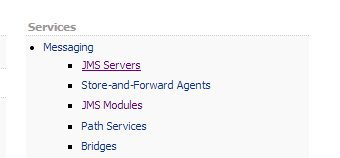Introduction to multithreading
Thread Creation
We can Create threads in Java by using the following two ways.
- By Extending Java.lang.Thread class.
- By implementing the Java.lang.Runnable interface.
- Create thread by extending Thread class
- The class should extend Java Thread class.
- The class should override the run() method.
- The functionality that is expected by the Thread to be executed is written in the run() method.
Example:
class MyThread Extends Thread{ Public Void run(){ system.out.println("thread started running....."); } } class MyThreadDemo{ Public Static void main(String srgs[]){ | |
| MyThread obj=new MyThread(); obj.start(); } } | |
2.Create Thread by implementing Runnable interface |
- Other way of creating a thread is to create a class that implements the Runnable interface. We must need to give the definition of run() method.This run method is the entry point for the thread and thread will be alive till run method finishes its execution.
- Once
the thread is created it will start running when
start()method gets called. Basicallystart()method callsrun()method implicitly.
class MyThread implements Runnable{
Public Void run(){
system.out.println("thread started running.....");
}
}
Public Void run(){
system.out.println("thread started running.....");
}
}
| class MyThreadDemo{ Public Static void main(String srgs[]){ | |
| MyThread obj=new MyThread(); Thread t1=new Thread(obj); t1.start(); } } | |




































